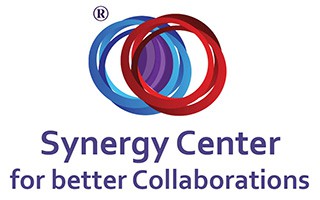How to use the 7 Forms of Interactions Model Questionnaire
As a manager, owner or consultant of an organization, it’s difficult to handle change processes, namely assimilation of technological, procedural or cultural changes, mergers and acquisitions, change of board, management or directors, etc., without guidance. You require work tools, concepts, models and methods to oversee a successful transition. A self-administered questionnaire is an important diagnostic work tool.








